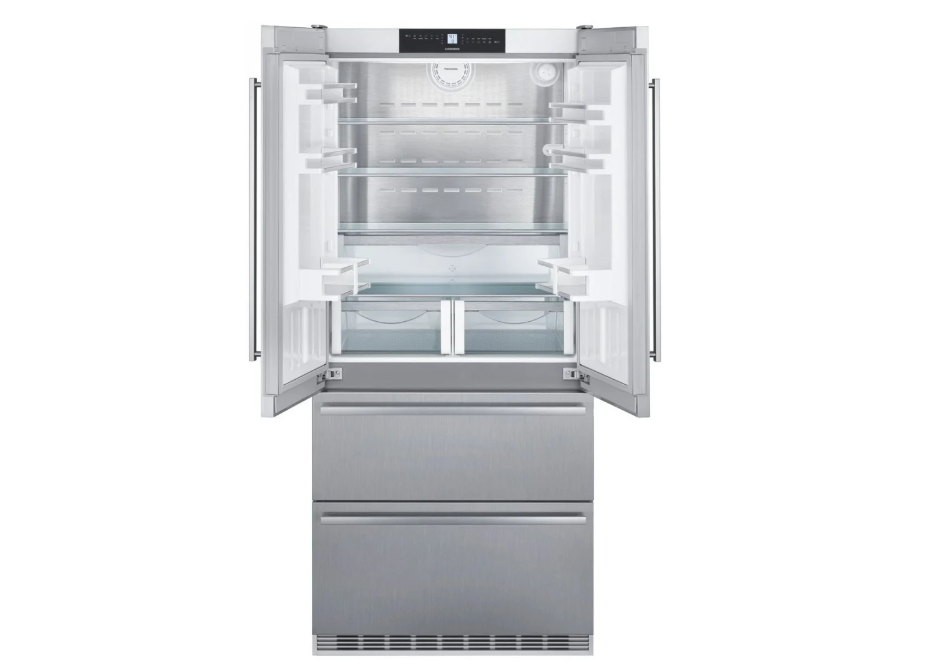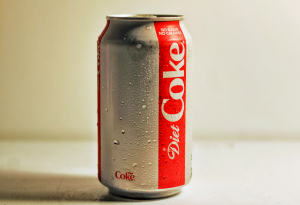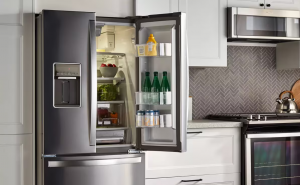Defrosting your refrigerator is an essential task that helps maintain its efficiency and prolong its lifespan. Over time, frost can build up in the freezer compartment, which reduces the available space and affects the fridge’s cooling performance. Learning how to defrost your refrigerator properly not only helps avoid these issues but also ensures your food stays fresh longer. Here’s a step-by-step guide to defrosting your refrigerator the right way.
Why Defrosting is Important
Frost buildup can reduce the efficiency of your refrigerator by:
- Restricting air circulation: Ice can block the air vents in the freezer, limiting the flow of cold air.
- Reducing cooling capacity: Excess frost acts as insulation, preventing the fridge from reaching optimal temperatures.
- Wasting energy: When the refrigerator works harder to cool through ice buildup, it consumes more energy, leading to higher electricity bills.
Regular defrosting ensures your refrigerator runs smoothly and keeps your food at the right temperature.
How Often Should You Defrost Your Fridge?
The frequency of defrosting depends on the type of refrigerator you have:
- Manual defrost refrigerators require regular defrosting, usually once every 3-6 months or when the frost buildup is about ¼ inch thick.
- Frost-free refrigerators don’t need manual defrosting as often, as they have automatic defrost cycles, but an annual cleaning is still recommended to ensure overall efficiency.
Preparation Before Defrosting
Before you start the defrosting process, there are a few preparations you should make to protect your food and avoid mess:
- Empty the fridge: Remove all food items from the refrigerator and freezer. Place perishable items like meat and dairy in a cooler with ice packs to keep them cold during the process.
- Unplug the refrigerator: For safety and to avoid damaging the unit, unplug the fridge before starting the defrosting process.
- Remove shelves and drawers: Take out removable shelves, drawers, and trays, as these can be washed separately while the fridge defrosts.
Defrosting Methods
There are a few different methods to defrost your refrigerator, depending on how much time you have and your preference:
Natural Defrosting (The Safe Method)
This is the safest method but also the slowest. Here’s how to do it:
- Leave the doors open: After unplugging the refrigerator, leave both the fridge and freezer doors open to allow warm air to melt the ice naturally.
- Place towels at the bottom: Lay towels inside the fridge and on the floor around it to soak up the water as the ice melts.
- Wait patiently: Depending on the thickness of the ice, this method can take several hours, but it’s the least risky for your appliance.
Using Hot Water
If you want to speed up the process, you can use hot water to melt the ice faster:
- Boil water: Heat water to a boil and pour it into a large, heatproof bowl.
- Place it in the freezer: Carefully place the bowl of hot water inside the freezer compartment and close the door.
- Let the steam work: The steam from the hot water will loosen the ice, making it easier to remove. Replace the water as it cools for quicker results.
Using a Hairdryer
For an even faster method, you can use a hairdryer to melt the ice:
- Set the dryer to a low setting: Use a low or medium heat setting to avoid overheating or damaging the fridge’s interior.
- Direct the air at the ice: Move the hairdryer around to target thick ice patches, but keep it at a safe distance to prevent water from dripping onto the electrical parts of the dryer.
Don’t Use Sharp Objects!
Never use sharp objects like knives, metal spatulas, or ice picks to chip away at the ice. This can damage the freezer walls or cooling coils, leading to costly repairs or even ruining the fridge entirely.
Clean the Refrigerator
While your fridge is defrosting, it’s the perfect time to give it a thorough cleaning:
- Wipe down the interior: Use a mixture of warm water and mild dish soap to clean the fridge and freezer compartments. For tougher stains or odors, a mixture of water and baking soda works well.
- Wash shelves and drawers: Clean all removable parts separately with warm, soapy water, and allow them to dry completely before placing them back in the fridge.
Turn the Refrigerator Back On
Once all the ice has melted and the interior is dry, you can restart the refrigerator:
- Plug it back in: Reconnect the refrigerator to the power outlet.
- Wait for it to cool down: Allow the fridge to cool to the proper temperature (usually around 37°F or 3°C) before placing food back inside.
- Restock your food: Once the fridge is cold enough, you can return your food to its shelves. Check for any expired or spoiled items before doing so.
How to Prevent Excessive Frost Buildup
To avoid frequent defrosting, take these steps to prevent excessive frost from building up:
- Don’t leave the door open for long: Leaving the refrigerator or freezer door open for extended periods allows warm air in, which leads to more frost.
- Check door seals: Make sure the door seals are in good condition and form a tight seal when closed. Damaged seals can let warm air in, causing frost to accumulate.
- Cover your food: Moisture from uncovered food can lead to frost buildup, so always cover food and liquids before storing them.
Defrosting your refrigerator is a simple but essential maintenance task that helps keep your fridge running efficiently. By following these steps, you can ensure your refrigerator stays frost-free, saving energy and prolonging the life of your appliance. Regular defrosting, paired with good cleaning practices, will keep your food fresh and your fridge in top condition for years to come.


